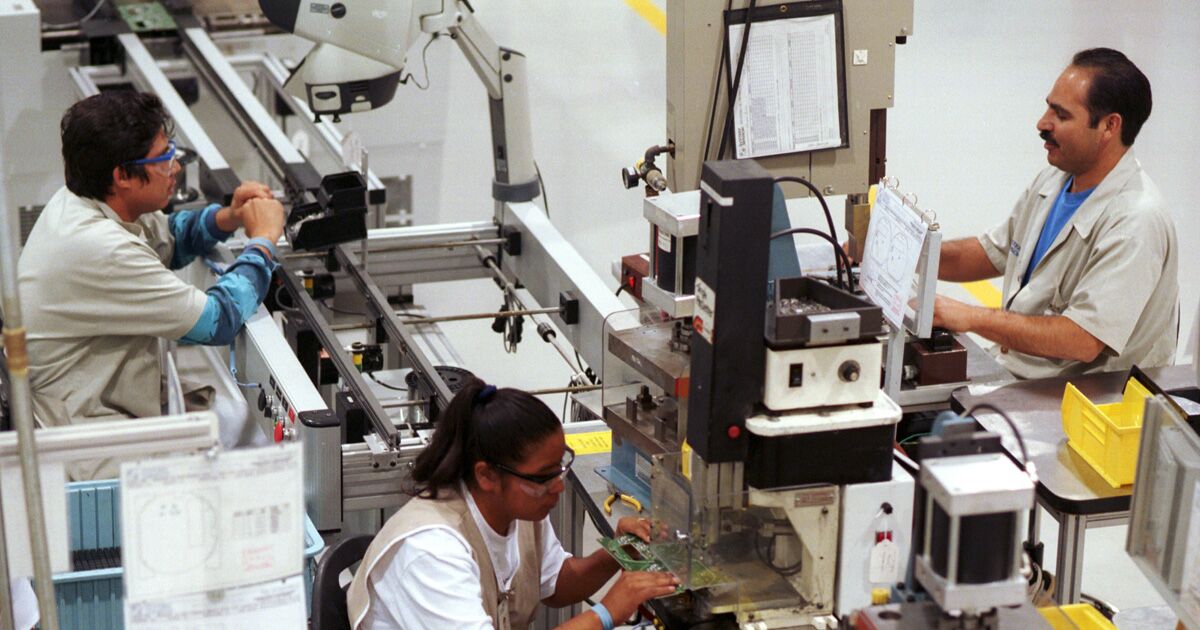Economists polled by Reuters had expected the index to fall to 52.0. The manufacturing sector is showing resilience even as spending has refocused on services and business confidence has waned amid rapidly rising interest rates, which has increased the risk of a recession.
The Federal Reserve has raised its interest rates by 225 basis points since March to control inflation.
The ISM survey’s new orders sub-index rebounded to 51.3 last month from a reading of 48.0 in July, ending two consecutive monthly declines. Backlogs increased, suggesting that factories will continue to operate for some time.
The continued growth of the manufacturing sector is further proof that the economy is not in a recession despite the fact that the gross domestic product (GDP) contracted in the first half of the year.
The sharp fluctuations in inventories and the trade deficit linked to the paralysis of global supply chains have been the main responsible for the drop in production, which has not been corroborated by the labor market.
Supply chains are gradually improving. The ISM measure of supplier deliveries fell to 55.1 from 55.2 in July. A reading above 50% indicates a slowdown in deliveries to factories.
The result is that inflation at the factory gate continues to decline. A measure of prices paid by manufacturers fell to 52.5, the lowest reading since June 2020 and from 60.0 in July.
The moderation is largely being driven by a sharp pullback in commodity prices. Annual consumer and producer inflation slowed in July, prompting cautious optimism that the worst of the price rises is probably behind us.
The ISM survey’s measure of factory employment rose to a five-month high of 54.2 from 49.9 in July, which bodes well for the August employment report. However, manufacturing payrolls in the government employment report continued to grow even as the ISM employment gauge contracted.
According to a Reuters survey of economists, employment in the manufacturing sector probably increased by 20,000 jobs last month, after rising by 30,000 in July. Overall, nonfarm payrolls are forecast to have grown by 300,000 jobs after rising by 528,000 in July.
Labor demand remains strong despite tightening monetary policy and financial conditions, as well as fears of a recession. At the end of July, there were 11.2 million unfilled jobs in the entire economy, with two vacancies for every unemployed worker.








